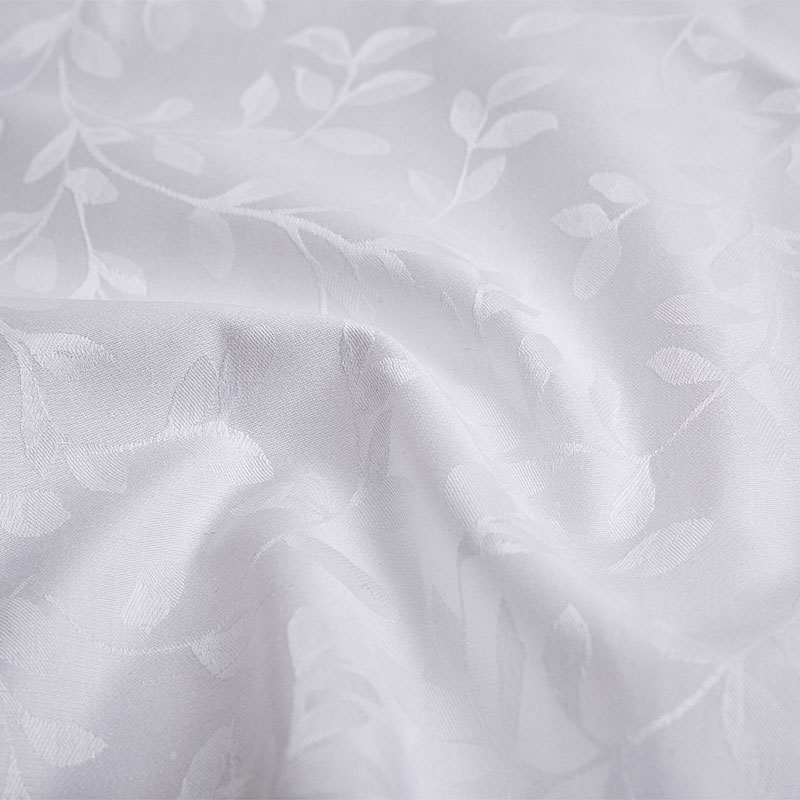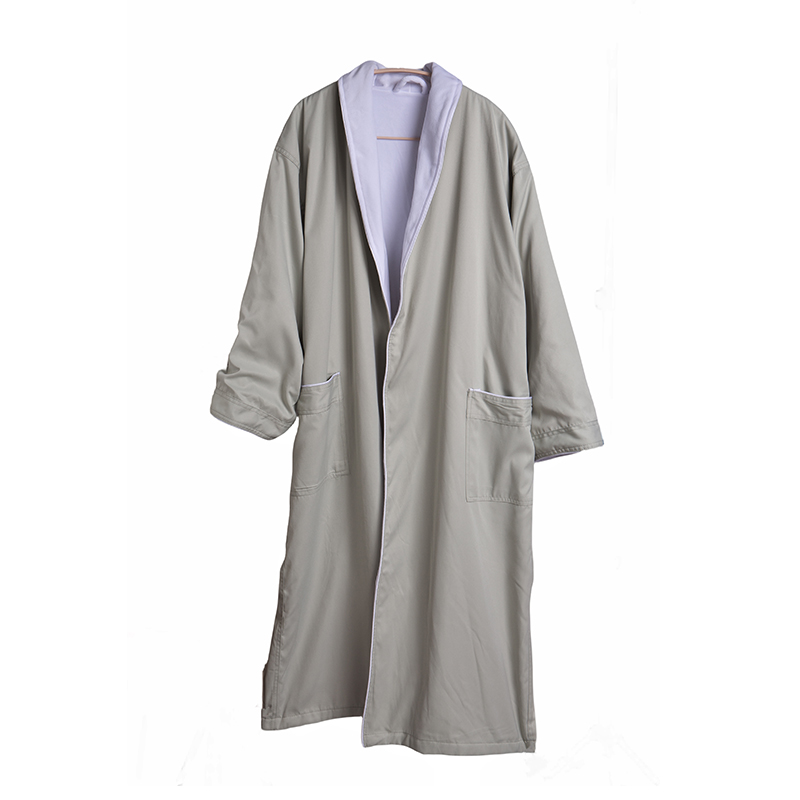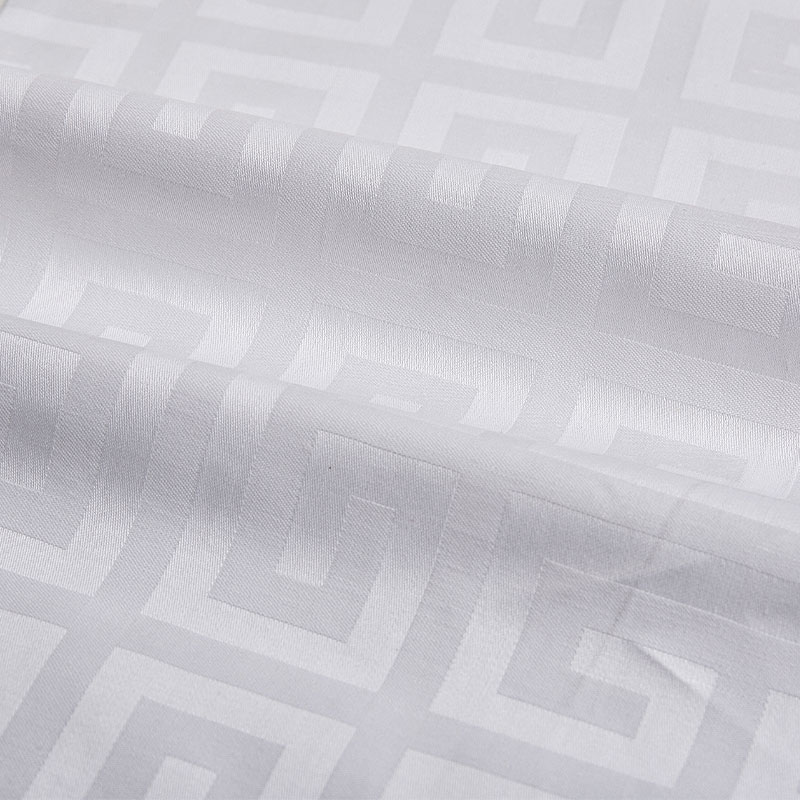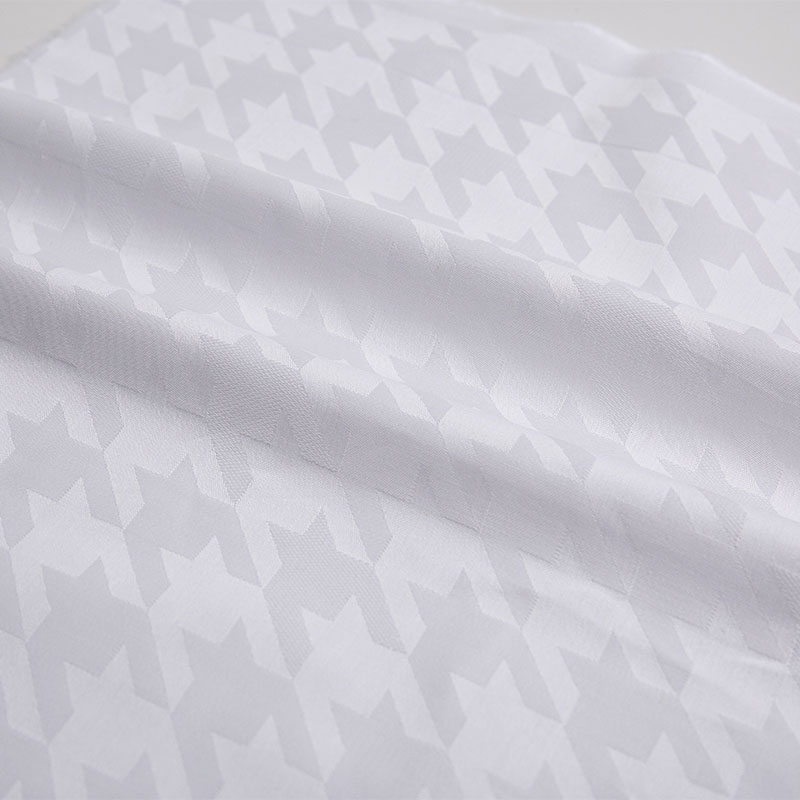In the world of hotel textiles, the choice of fabric can greatly impact the overall look and feel of a space. Two popular fabric weaves, satin and plain, offer distinct characteristics that cater to different needs.
Let's start with the differences in their organizational structure. Satin weave is known for its complex interlacing pattern. It features long floats on the surface, which give it a smooth and lustrous appearance. This results in a fabric that has a luxurious sheen and a soft hand. On the other hand, plain weave is the simplest and most basic weave structure. The warp and weft threads alternate over and under each other in a regular pattern, creating a fabric with a uniform texture and a relatively firm feel.
Now, let's discuss the advantages and disadvantages of each.
Satin Weave:
Advantages:
- Offers a high-end look with its smooth surface and sheen.
- Has a soft touch, providing comfort and elegance.
- Excellent drapability makes it ideal for creating hotel bedding.
Disadvantages:
- Can be more prone to snagging due to its long floats.
- Generally more expensive than plain weave.
Plain Weave:
Advantages:
- Durable and strong, able to withstand regular use.
- Relatively inexpensive, making it a cost-effective choice.
- Simple and classic appearance that suits a variety of decors.
Disadvantages:
- Less soft and smooth compared to satin weave.
- May not have as elegant a drape.
In conclusion, whether you choose satin or plain weave depends on your specific needs and preferences. If you're looking for a luxurious and elegant look with a soft touch, satin weave may be the way to go. However, if durability and affordability are your top priorities, plain weave is a reliable option. Whichever you choose, both satin and plain weave fabrics can enhance the beauty and comfort of your hotel space.
-
 Waterproof Microfiber Woven Pillow Protector for Home and Hospital Use for Hotels Hotel pillow protector +
Waterproof Microfiber Woven Pillow Protector for Home and Hospital Use for Hotels Hotel pillow protector + -
 Quality jacquard leaves cotton snow white bedding fabric hotel Hotel sateen jacquard bedding fabric +
Quality jacquard leaves cotton snow white bedding fabric hotel Hotel sateen jacquard bedding fabric +

 EN
EN English
English русский
русский Español
Español عربى
عربى
 Online Message
Online Message












